HEIF vs JPEG: Which Image Format Is Better in 2025?
HEIF and JPEG are two of the most widely used image formats today. On platforms such as Reddit and technical forums, many users are discussing which is better. Although JPEG has long been established as a standard due to its wide range of compatibility and ease of use, HEIF has gained popularity because it offers higher image quality with smaller file sizes. Which one to choose depends on your priorities. HEIF vs JPEG: Do you value storage efficiency or versatility? This article explains the key differences, benefits, and limitations of both formats to help you choose the best option for 2025.
Part 1: What Are HEIF and JPEG?
HEIF (High Efficiency Image Format) is a new image format developed by Moving Picture Experts Group (MPEG). With advanced compression technology, you can reduce file size while maintaining image quality. HEIF is currently supported by many Apple and Android devices and is also used in modern cameras.
JPEG (Joint Photographic Experts Group) is the most common image format since the 1990s. Known for its extensive support and ease of use. JPEG reduces some details to compress image files, thus reducing image quality slightly, but reducing file size. Ideal format for use on websites, emails, social media, etc.
Use Cases:
- HEIF: Suitable for saving space while saving high-quality photos on smartphones and digital cameras.
- JPEG: Ideal for applications and devices that require extensive compatibility.
Part 2: HEIF vs JPEG: Side-by-Side Comparison
When choosing HEIF and JPEG, comparison in key areas is useful. Below is a detailed parallel comparison to determine the format most suitable for image needs in 2025.
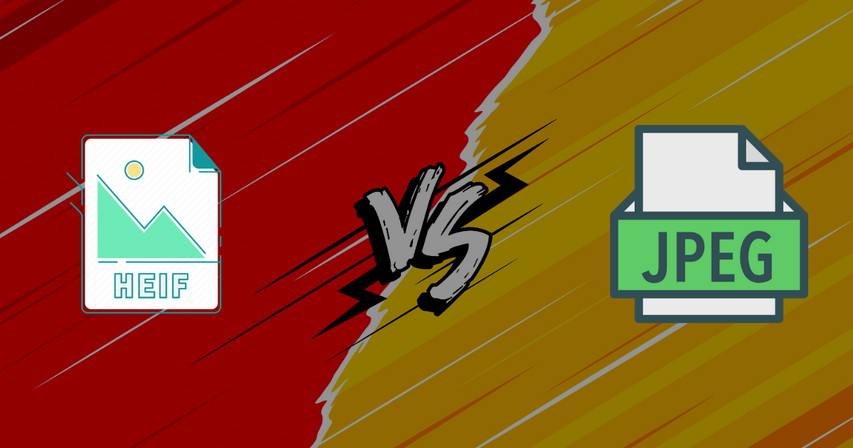
Image Quality
HEIF offers higher image quality than JPEG and is especially good for the same file size. It adopts advanced compression technology and is ideal for high-resolution photography because it retains more detailed information and color information. On the other hand, because JPEG is an old compression method, image quality tends to decrease. This can cause blur and color bands when zooming in or editing. If image sharpness and rich colors are important, HEIF is the best choice. However, JPEG is sufficient for basic image needs such as online sharing and viewing on small screens, and it is often more convenient.
File Size
HEIF files are usually smaller than JPEG files in the same or higher quality. This saves storage space for smartphones, cameras and cloud drives. For example, HEIF photography may only occupy half the space while maintaining the same quality as JPEG photography. This is especially helpful when taking many photos or handling large images. Smaller file sizes mean faster uploads and downloads.
Compatibility
JPEG is excellent for compatibility. Works on almost all devices, apps and web platforms without problems. Even when using older smartphones, basic printers and web browsers, JPEG is widely accepted. On the other hand, HEIF requires new software and devices. For example, older Android smartphones, web platforms, and some photo editing tools may not open HEIF images correctly.
Real-World Usage
In reality, the format you choose depends on your needs. If you want to take a lot of photos and save storage space without sacrificing quality, HEIF is a good option - especially when using modern Apple or Android devices. However, JPEG vs HEIF is still practical when sending photos to others, posting online, or using older systems. Many websites and apps prefer JPEG because it is simple and widely supported.
Part 3: Which Image Format Should You Choose: HEIF or JPEG?
The selection of HEIF vs JPEG depends on how the image is used. This part will help you choose the appropriate format based on your device, needs, and how to save, share and edit photos.
For iPhone and Mac Users: Best Choice for Apple Ecosystem
If you use an iPhone or Mac, choosing HEIF is a smart move. Apple has supported the HEIF format since iOS 11 and macOS High Sierra, ensuring seamless integration across devices. HEIF images maintain high quality while using less storage, making them perfect for users who take lots of photos. Built-in apps like Photos and iMessage fully support HEIF, so you won't face compatibility issues within the Apple ecosystem.
For Android Users: Conditional Compatibility and Storage Benefits
On Android, HEIF support varies by device and system version. Many newer Android smartphones can capture and display HEIF images, but not all third-party apps and platforms offer full compatibility. If your Android phone supports HEIF and you mainly store photos on the device or cloud, HEIF can still be a suitable option for saving space without compromising image quality.
For Web Uploads
JPEG is the best choice when uploading images to websites and blogs. It is supported by all browsers and platforms (WordPress, Facebook, Google services, etc.). While most websites and social media platforms are designed to handle JPEG files easily, HEIF may be denied upload. Some online tools and editors do not support HEIF, which can cause problems when editing or resizing images for the web.
For Editing and Professional Work
HEIF provides more detailed information and color ranges, giving you more flexibility in image editing. If a professional photographer or designer needs to handle high quality files, it will help. However, not all editing software supports HEIF and may not support older or simpler programs. JPEG is more widely accepted in most photo editors and design tools. If the editing software supports HEIF max vs JPEG max, select HEIF. If not, JPEG will be easier to handle.
For Printing
JPEG is still the best format for printing. Most printing services only accept JPEG files, and many online printing sites require images in JPEG format for better results. Since JPEG has been used for many years, it is optimized for printers and supports color management and resolution. HEIF boasts higher quality, but not all printers and software support it.

For Sharing with Others
JPEG is the best choice when sharing photos with friends, family and colleagues. It works on all devices and services such as smartphones, computers, messaging apps, mail services, etc. There is no need to worry if the other party cannot open the photo. HEIF can cause problems if the other party is using an old smartphone or a non-compatible app.
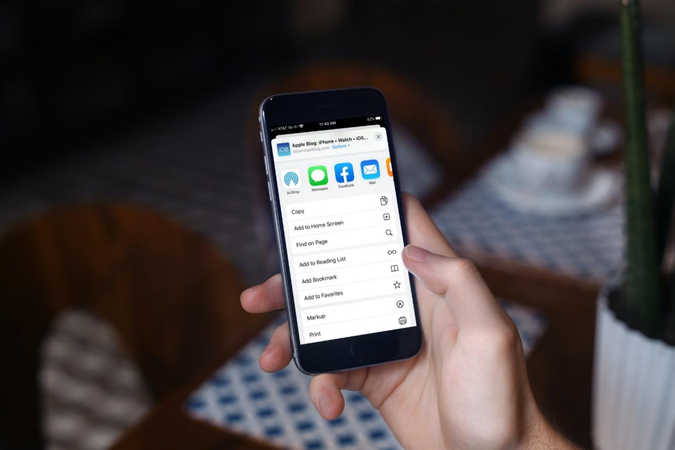
Part 4: Convert HEIF to JPEG Without Losing Quality - Use HitPaw Univd
If you need to convert HEIF file to JPEG without compromising quality, HitPaw Univd is the best option. This tool is designed for users who want to change the image format quickly and easily. A single image or a large batch can be converted to the same high quality. The interface is simple, intuitive and requires no special skills. Simply load the image, select the format, and click the convert button. In a few steps, the HEIF image is converted in JPEG format and the quality is fully retained.
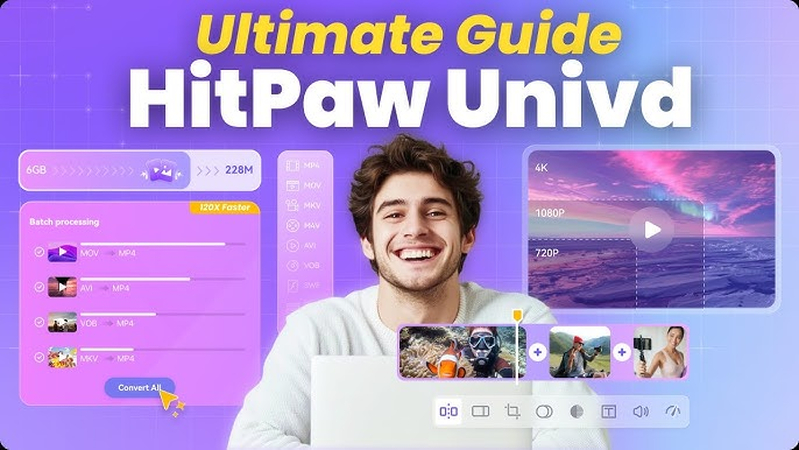
Key Features of HitPaw Univd
- A simple interface that allows beginners to convert images with a few clicks.
- Supports various image formats such as HEIF, JPEG, PNG, TIFF, BMP.
- Save time in batch conversion mode where multiple images can be converted at once.
- High quality output maintaining the details and clarity of the original image.
- Fast processing speed to complete processing without delay or system delay.
How to Convert Image Format Using HitPaw Univd
Step 1:Visit the HitPaw official website or click the button to download and install the software by following the on-screen instructions.
Step 2:Launch HitPaw Univd. From the Home tab, go to the Photo section and click on the Image Converter feature. Follow the prompt to import your images. You can upload one or multiple photos at the same time.

Step 3:Click Add image to upload more files. To preview an image, hover over it and click the magnifying glass icon. To delete images, click the trash icon you can remove one image or all uploaded images at once.

Step 4:Under Convert all to, select your desired output format such as JPG, PNG, WEBP, BMP, TIFF, or JPEG. Then, use the Save to option to choose the folder where your converted images will be saved.

Step 5:Click the Convert All button to begin converting your images. HitPaw Univd will quickly process them and save them in your chosen format without losing quality.

FAQs About HEIF and JPEG
Q1. Is HEIF or JPEG Better Quality?
A1. Because HEIF uses more modern compression technology, it provides higher quality even in the same size. JPEG is susceptible to loss of detail during compression, especially when the compression rate is high.
Q2. What Are the Disadvantages of HEIF?
A2. HEIF is not supported on all devices or websites. If you send a HEIF photo to someone using an old device, you may not be able to open it.
Q3. How Do I Change My Photo from HEIF to JPEG?
A3. You can convert HEIF photos to JPEG using tools like HitPaw Univd. Quickly retains the quality of your photos.
Conclusion
HEIF vs JPEG are both useful depending on the application. HEIF excels in saving space and maintaining image quality, especially in modern devices. JPEG remains the best choice for extensive compatibility across all platforms. If you want to convert HEIF to JPEG without compromising image quality, HitPaw Univd is an excellent tool. Easy to use, fast and maintain image quality. The HitPaw Univd makes it easy to complete the task, whether it's a single image or an entire folder.









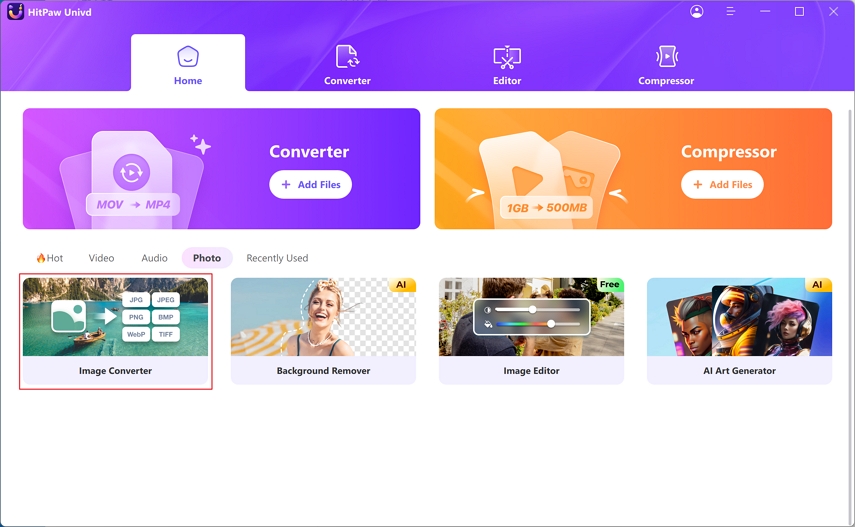
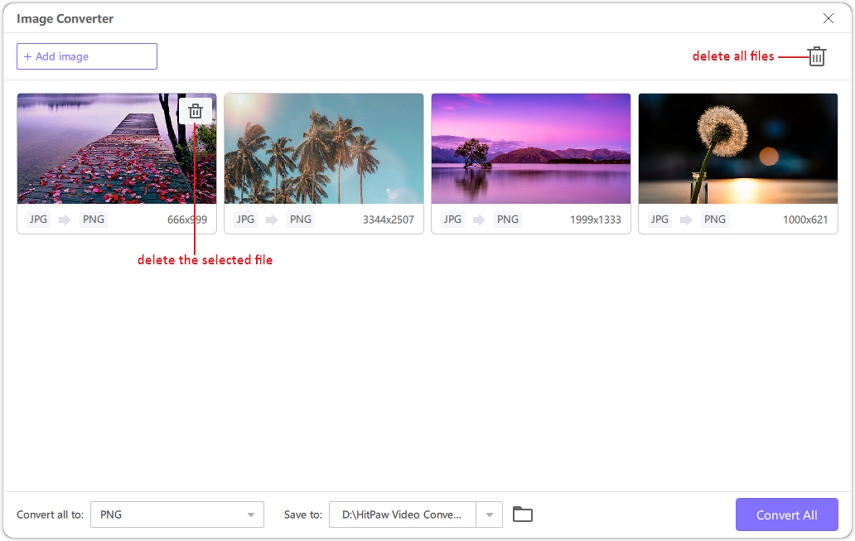
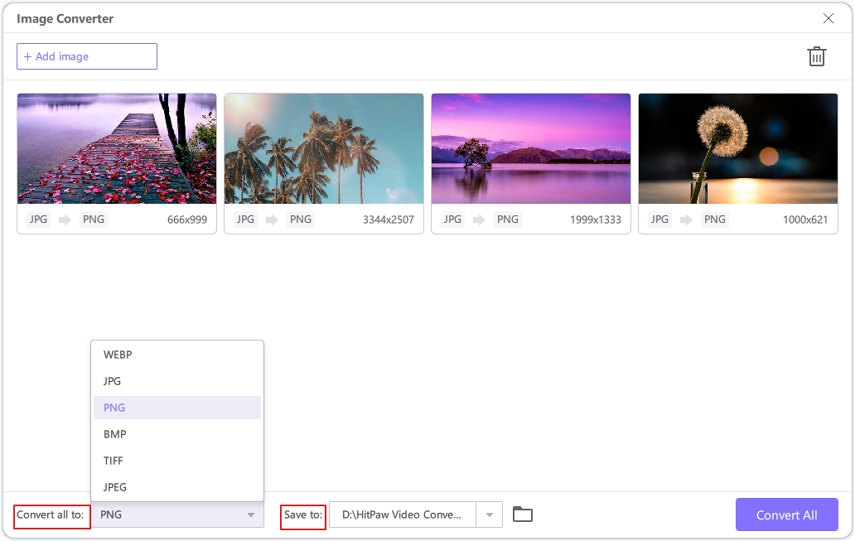
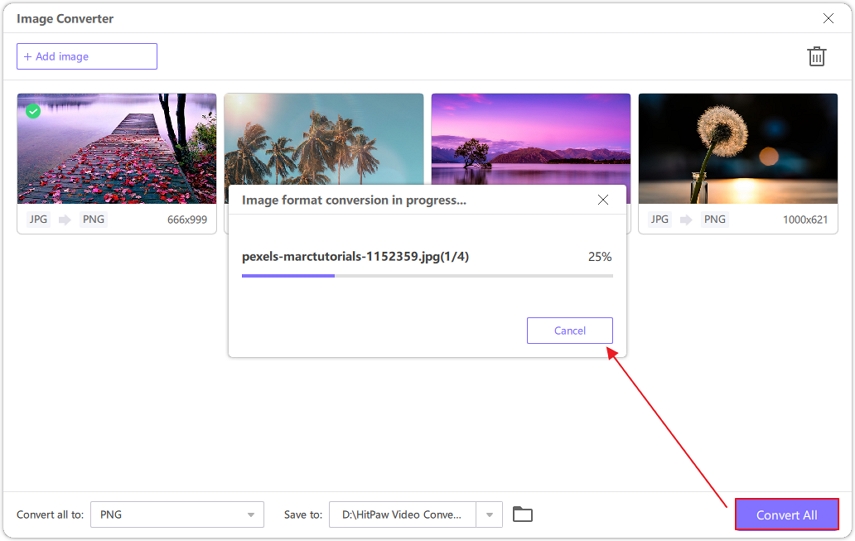

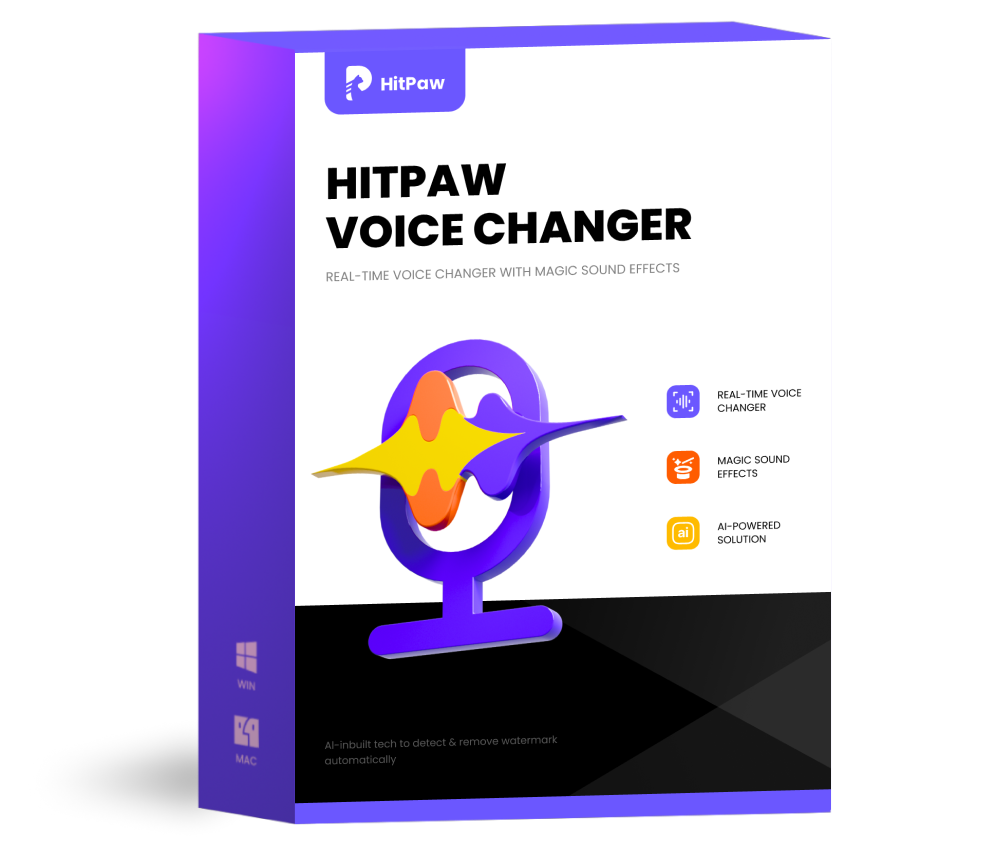 HitPaw VoicePea
HitPaw VoicePea 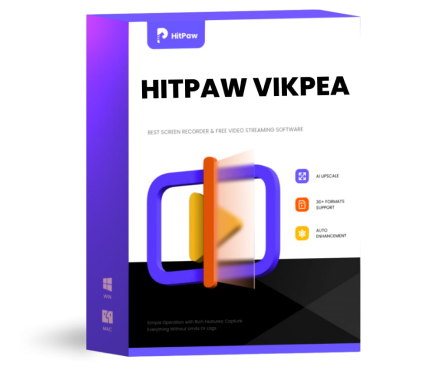 HitPaw VikPea (Video Enhancer)
HitPaw VikPea (Video Enhancer)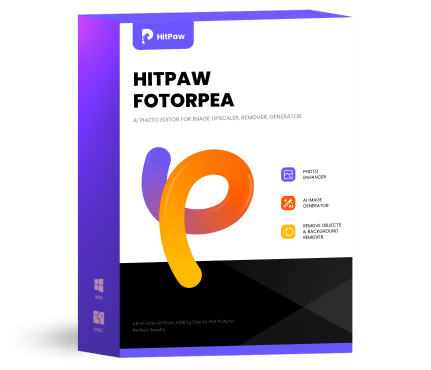 HitPaw FotorPea
HitPaw FotorPea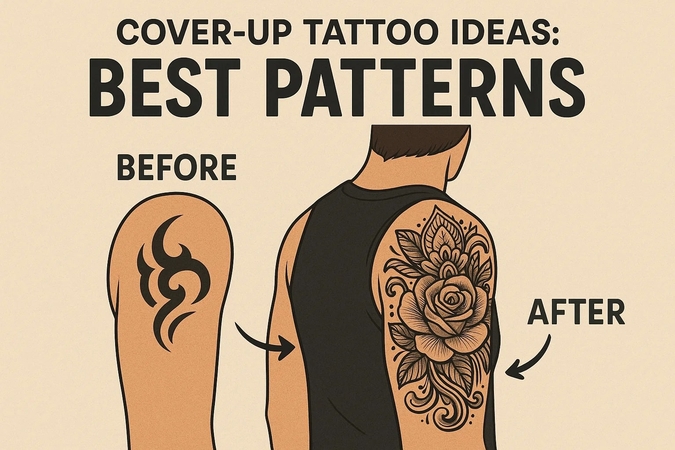



Share this article:
Select the product rating:
Daniel Walker
Editor-in-Chief
This post was written by Editor Daniel Walker whose passion lies in bridging the gap between cutting-edge technology and everyday creativity. The content he created inspires the audience to embrace digital tools confidently.
View all ArticlesLeave a Comment
Create your review for HitPaw articles